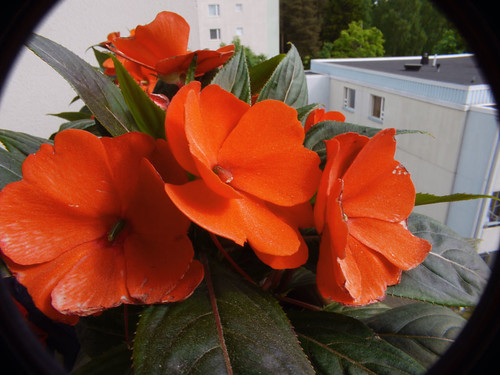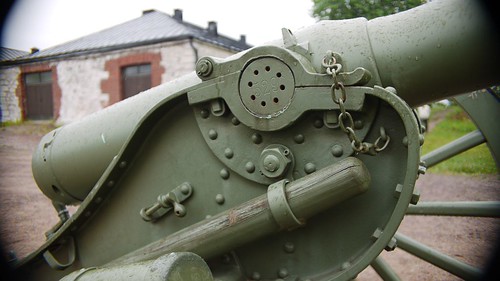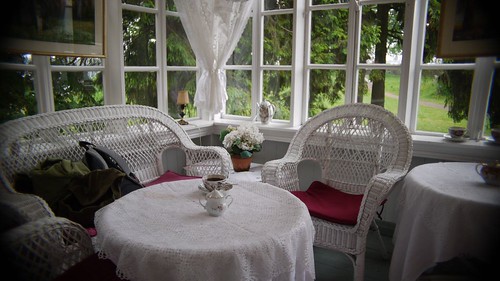- mounting them on the camera (covered a little here)
- coverage of the sensor
Eventually this coverage runs out and you get a fade to black past the limits of the lenses coverage.
So depending on the lens (and if it was intended for 16mm or 8mm film) you may get
edge to edge coverage on a G1.
Lenses like the Switar lenses may give such coverage, but these are expensive lenses
intended for use in high end cinematography and costing thousands of dollars new.
 I've got two C mount lenses, one is a Computar the other is a quite old Elgeet lens.
I've got two C mount lenses, one is a Computar the other is a quite old Elgeet lens.The little Elgeet is shown at left mounted on an RJ adaptor. Its a fixed focus lens but has adjustable aperture.
Sadly the Computar won't fit onto the RJ adaptor without serious modifications.
It turns out one adaptor will work with the Computar, its the one made by Hawkpeng. I bought the adaptor from Hawkpeng for that purpose and while needed a little filing to adapt the lens base (see this post for some details.) it works well.
However neither lens covers the 4/3rds frame and gives me results like this:
From the Computar:

and this from the Elgeet:

In the case of the Elgeet lens I'm sure that this is a mechanical obstruction caused by the amount of 'hood' there is built into the lens (see above image mounted onto the G1). I'm quite sure that by filing down the 'hood' that you could get a better coverage .. but that would destroy the look of this sweet little bit of antiquity, and I can't bring myself to do that.
The question to ask is not only "does it give coverage" but "do I like the look", because with 4000 x 3000 pixels you can crop something out and still get something usable. For instance you can make a 10 x 7 inch print from a 3000 x 2000 pixel image which is still giving yourself 300dpi on the print and certainly acceptable.
For instance ... this is what I get from my Kit lens at 14mm which captures nearly the same field of view but unlike the older optics is quite sharp across the range.

and this is what I get from the Elgeet stopped down:

and this is what I get from it wide open:

So while it doesn't fully cover the sensor it sure covers enough, and leaves room for some creative effects which may be to your taste.
For example using the Computar I find that I don't need much cropping when I pick 19:6 as the edges seem to work well that way.
I liked the way that the curvature of field ends up bringing the background into focus at the edges.

and the darkening of the corners can look ok in the right place

Even for a wide angle lens the shallow Depth of Field provided by a f1.3 lens is useful.
summary
Essentially the standard lens provides 99% of what a photographer would want. There are plenty of good 35mm focal length lenses out there (FD and M-42 mount to name a few) that unless you have some strong reason to want the effects, I can't give you a compelling reason to buy one.
I just wanted to try them out and so I have. I thought I'd put this page up to give those interested a sample of what they can see ... but I'm not about to spend €2500 on a Kern Switar just cos I can ;-)











No comments:
Post a Comment